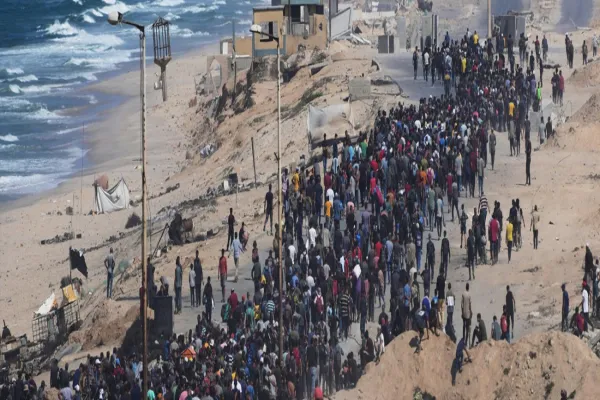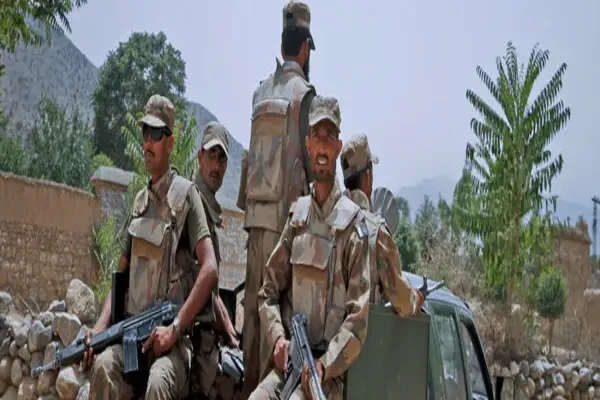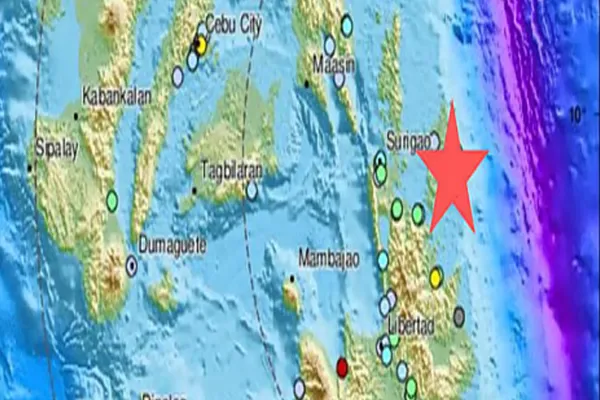i NEWS INTERNATIONAL
In parched brown hills in north Afghanistan, Abdul Hahad tears stalks of wheat out of the arid earth. In the third year of water shortages and high temperatures, his harvest is barely enough to support his family. The 55-year-old farmer from Nahr-e-Shahi district in Balkh province used to plant two or even three wheat crops a year but in the last three years he has only been able to grow one. The yields from his nine acres of land are dwindling year by year. "It's been three years since the drought started, wells and the river have almost dried up. We don't even have enough drinking water, you can see all our land has dried up," he said, as he sat near a pile of wheat beneath the sun in heat of 40 Celsius (104 Fahrenheit).
Persistent drought across Afghanistan is taking its toll on farmers, its economy - a third of which is generated by agriculture - and food security. Experts say the drought is exacerbated by climate change which leads to intensifying pressure on water resources. The Global Climate Risk Index says Afghanistan is the world's sixth most affected country by climate-related threats. With little functioning irrigation, Afghanistan relies on snow melting in the mountains to keep its rivers flowing and fields watered during the summer. But Najibullah Sadid, a water resources and environment expert and Research Associate at the Federal Waterways Engineering and Research Institute in Germany, said as temperatures rise, precipitation falls and with less snow, the summer melt is not feeding into rivers as much as it used to.
"In terms of food security you see that in a country like Afghanistan where more than 30% of GDP (gross domestic product) is coming from agriculture, then of course if this sector is impacted by climate change then the gross economy of the country is impacted by climate change," said Sadid.
Credit: Independent News Pakistan (INP)









